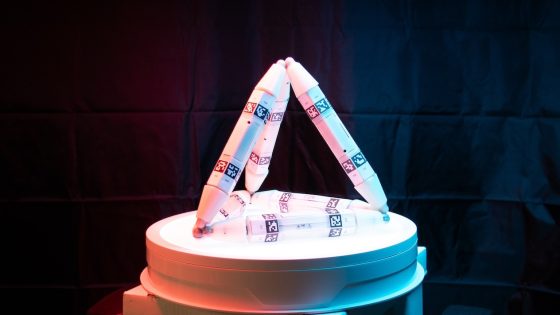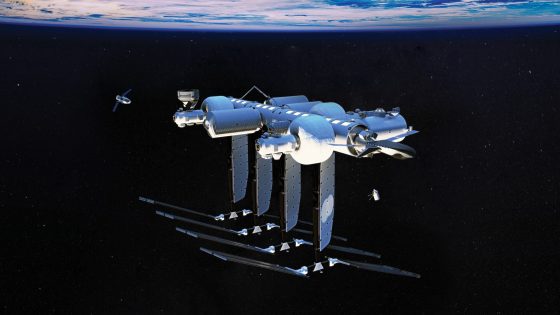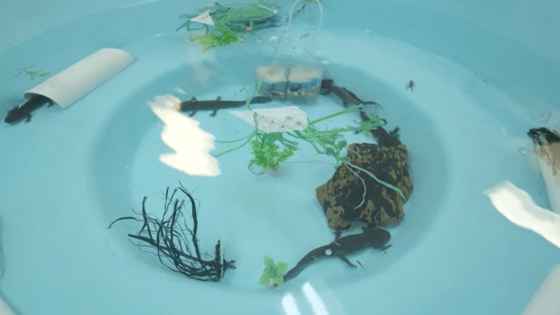Robots that grow by consuming other robots represent a groundbreaking advancement in robotics. Researchers have developed a prototype that can autonomously heal and improve itself by integrating materials from its environment, marking a significant leap toward true robot autonomy. Published on July 16, 2025, in the journal Science Advances, this innovation introduces the concept of “robot metabolism.”
- Robots can grow by consuming other robots.
- Concept of "robot metabolism" introduced.
- Truss links enable modular robot design.
- Robots adapt and repair using environmental materials.
- Future applications include disaster recovery and space exploration.
- Self-sustaining robots raise ethical concerns.
Led by Philippe Martin Wyder from Columbia University, the study emphasizes that for robots to achieve genuine autonomy, they must not only think independently but also sustain themselves physically. This development could revolutionize how robots operate, particularly in challenging environments.
This research raises important questions about the future of robotics. Can machines truly maintain themselves without human intervention? The implications are vast:
- Robots could play crucial roles in disaster recovery.
- Self-sustaining machines may be vital for space exploration.
- Robot metabolism could lead to more adaptable and efficient designs.
As we continue to integrate robots into our daily lives, the ability for them to self-repair and adapt could redefine their roles. Will we soon see machines that not only assist US but also thrive autonomously in diverse environments?
































